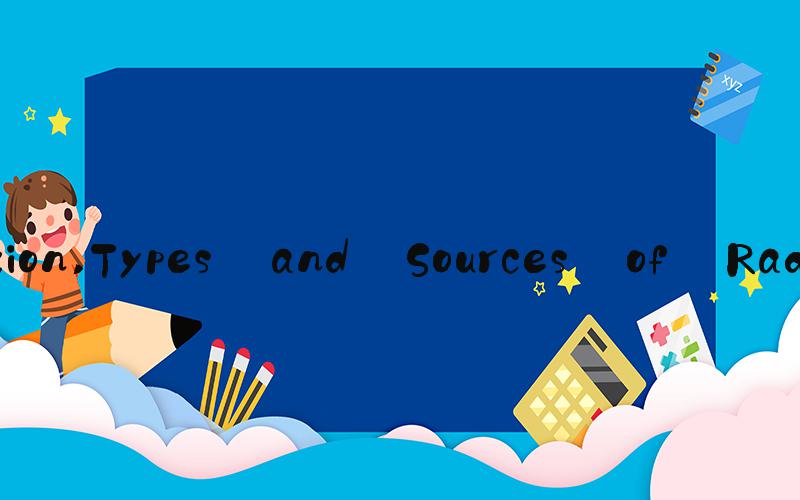
 Radiation: Understanding the Risks and Benefits
Radiation: Understanding the Risks and BenefitsRadiation refers to the energy emitted by an object in the form of waves or particles. It can be found in many sources, including the sun, nuclear power plants, X-ray machines, and medical treatments, among others. While radiation can have important benefits, such as in medical imaging and cancer therapy, it can also pose serious risks to human health and the environment. This article will explore the types and sources of radiation, its effects on human health, and how to protect ourselves from its harmful effects.
Types and Sources of RadiationThere are two main types of radiation: ionizing and non-ionizing. Ionizing radiation has enough energy to remove tightly-bound electrons from atoms, which can cause damage to DNA and increase the risk of cancer. Examples of ionizing radiation include X-rays, gamma rays, and radioactive isotopes. Non-ionizing radiation, on the other hand, does not have enough energy to remove electrons, but can still heat or damage tissues. Examples of non-ionizing radiation include microwaves, radio waves, and visible light.
Radiation can come from natural sources, such as cosmic rays from the sun or radon gas in the ground, or from human-made sources, such as nuclear power plants and medical devices. While natural sources of radiation are generally present at low levels and are not harmful to humans in normal conditions, human-made sources can release large amounts of ionizing radiation in a short period of time, posing significant risks to workers and nearby residents.
Health Effects of RadiationThe health effects of radiation depend on the type of radiation, the level of exposure, and the duration of exposure. Acute exposure to high levels of ionizing radiation can cause immediate symptoms such as nausea, vomiting, and skin burns, and may even lead to death in severe cases. Chronic exposure to lower levels of ionizing radiation over a long period of time can increase the risk of cancer, genetic mutations, and other health problems.
Non-ionizing radiation, while generally considered safe, can still cause harm under certain conditions. For example, exposure to ultraviolet (UV) radiation from the sun can cause skin damage and increase the risk of skin cancer, while exposure to high levels of radiofrequency (RF) radiation from cell phones may cause tissue heating and other effects.
Protecting Ourselves from RadiationWhile radiation can pose serious risks to human health and the environment, there are steps we can take to protect ourselves from its harmful effects. For example, workers in nuclear power plants and medical facilities should follow strict safety protocols to limit their exposure to ionizing radiation. Patients receiving radiation therapy should also be closely monitored to ensure that they receive the correct dose of radiation and minimize the risk of side effects.
Individuals can also take steps to protect themselves from non-ionizing radiation. For example, wearing protective clothing and sunscreen can reduce the risk of skin damage from UV radiation, while limiting cell phone use and using hands-free devices can reduce exposure to RF radiation.
The Benefits of RadiationDespite the risks associated with radiation exposure, it also has important benefits in many areas of life. For example, medical imaging technologies such as X-rays, CT scans, and PET scans use ionizing radiation to create detailed images of the body, allowing doctors to diagnose and treat a wide range of conditions.
In addition, radiation therapy uses ionizing radiation to destroy cancer cells and shrink tumors, often leading to improved outcomes and longer survival for cancer patients. Finally, nuclear power plants can provide a reliable source of clean energy for homes and businesses, reducing our dependence on fossil fuels and helping to mitigate the effects of climate change.
ConclusionRadiation is a complex and multifaceted topic that can have both beneficial and harmful effects on human health and the environment. By understanding the types and sources of radiation, its effects on our health, and how to protect ourselves from its harmful effects, we can reap the benefits of radiation while minimizing the risks. Whether it is through medical imaging, cancer therapy, or nuclear power, radiation will continue to play an important role in our lives, and it is essential that we learn to harness its power safely and responsibly.
